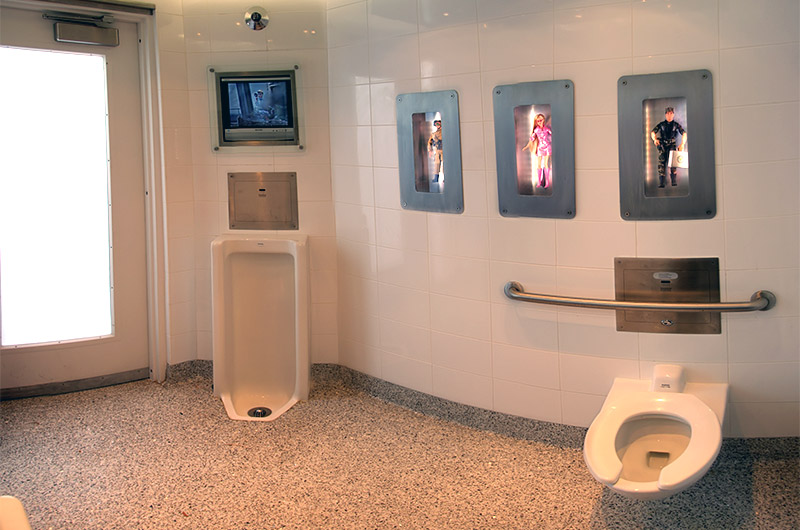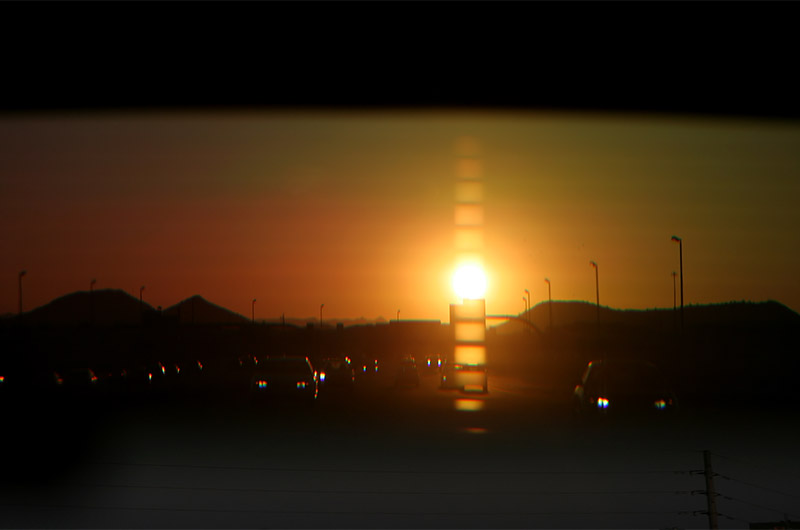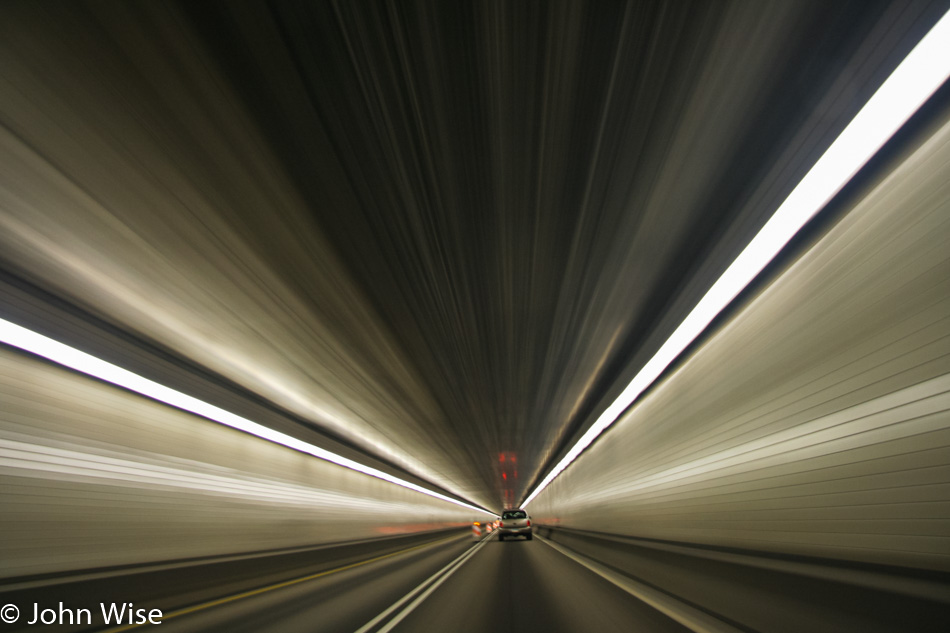
We checked out of our cheapo Days Inn room and were on the turnpike by 6:30, which was late. So we hit warp drive and witnessed this phenomenon. We were in such a hurry that we stopped at the Somerset Travel Plaza to eat at Burger King for breakfast; not our best choice, but it was fast and convenient.
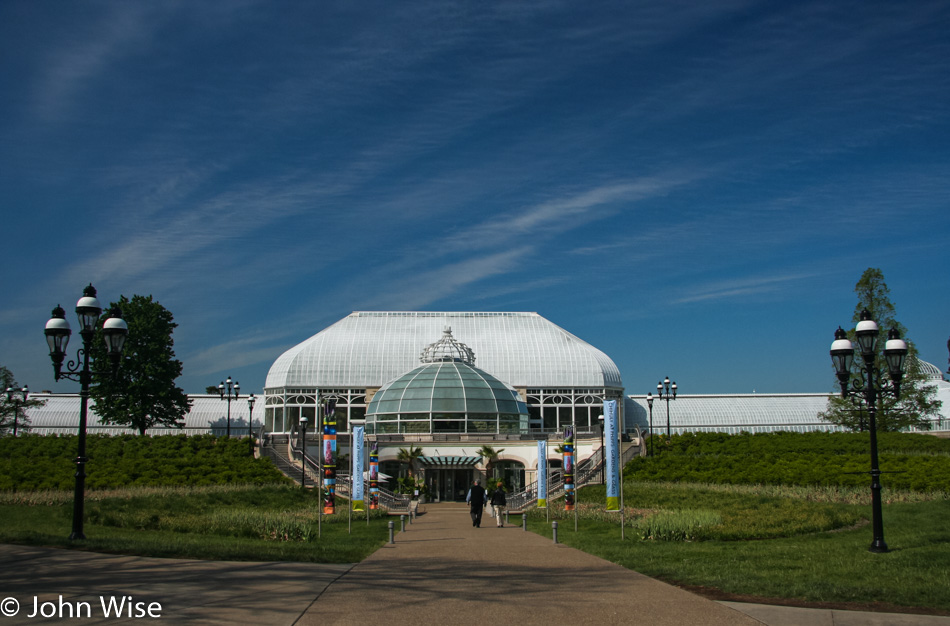
Yes, the vacation is almost over, but now comes the real treat: The Phipps Conservatory. Dale Chihuly’s glasswork is on exhibit amongst the plants, flowers, and fountains. A month prior to leaving Phoenix, Caroline and I had watched a documentary on DVD which just so happened to be about Chihuly’s work in a conservatory, and we thought there was no chance of us ever catching one of these exhibits, but then about a week before our departure, our airline changed our departure time on the return leg of our vacation and all of a sudden we had more time in Pittsburgh to play with. The first place I looked at was the Pittsburgh Visitors Bureau, which prominently featured a blurb about the upcoming Chihuly exhibit opening on May 5th – WOW! What a stroke of luck as this was the day we landed in Pittsburgh, though we already had commitments, so on May 19th, with the extra time, we would be able to stop at the conservatory and have a leisurely walk through the garden to admire the art of Chihuly.
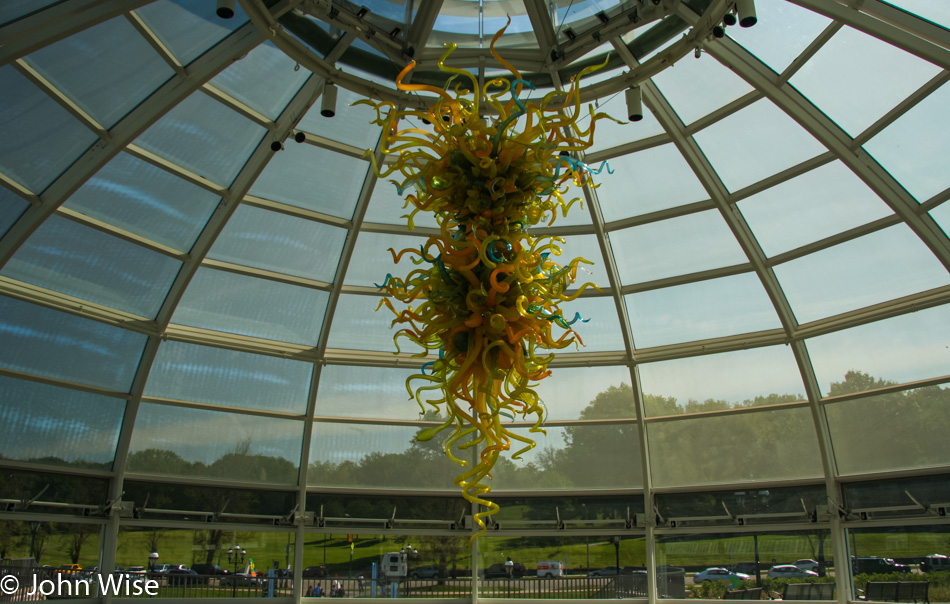
I think the first time we saw Chihuly’s work in person was at the Monterey Bay Aquarium over in California though I suppose it could have been at the Bellagio over in Las Vegas, Nevada too. Today, though, we are being treated to what could be our once-in-a-lifetime chance to see his works in a conservatory.
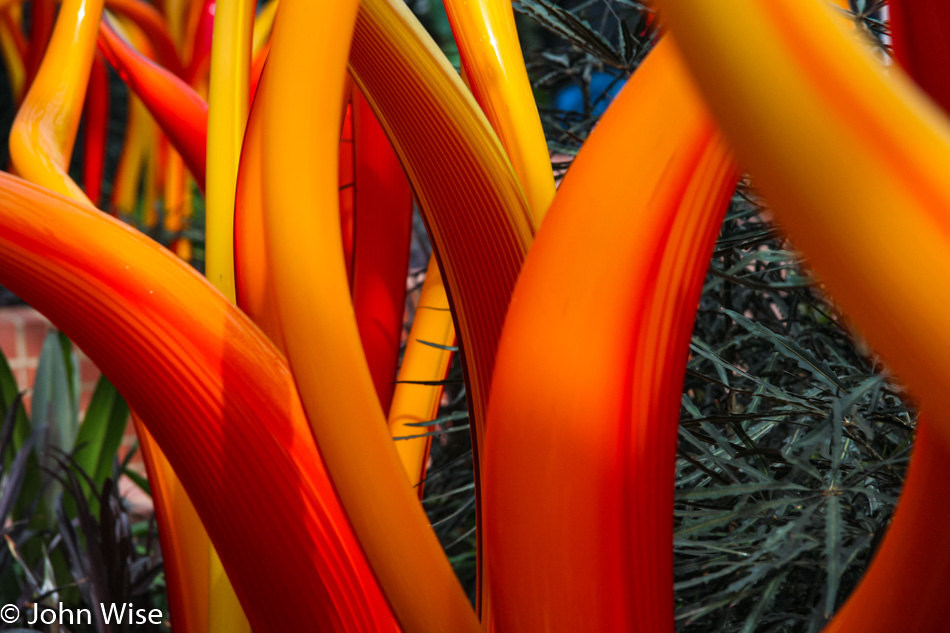
I shot a couple of hundred photos here and have been hard-pressed to be satisfied with the 13 I’ve decided to share.
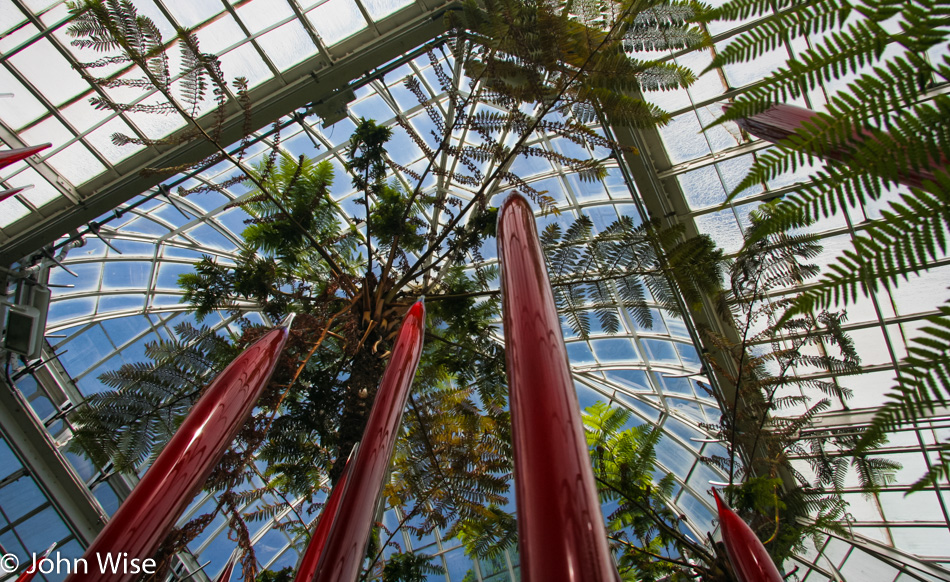
It’s immediately apparent that no amount of time will satisfy the opportunity to try and capture what’s on exhibit here in Pittsburgh today. Time of day, lighting conditions, and just where one situates themself to capture a good representation of what is on display is a fool’s errand at best.
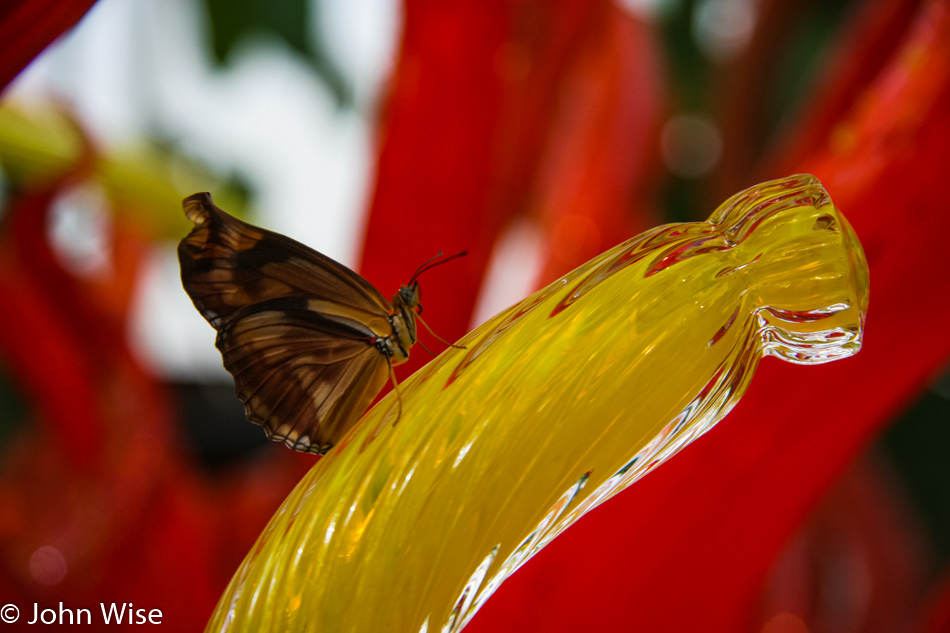
This glass butterfly looked so real until I saw it move and realized it was, in fact, real. Just kidding, it was totally fake, not.
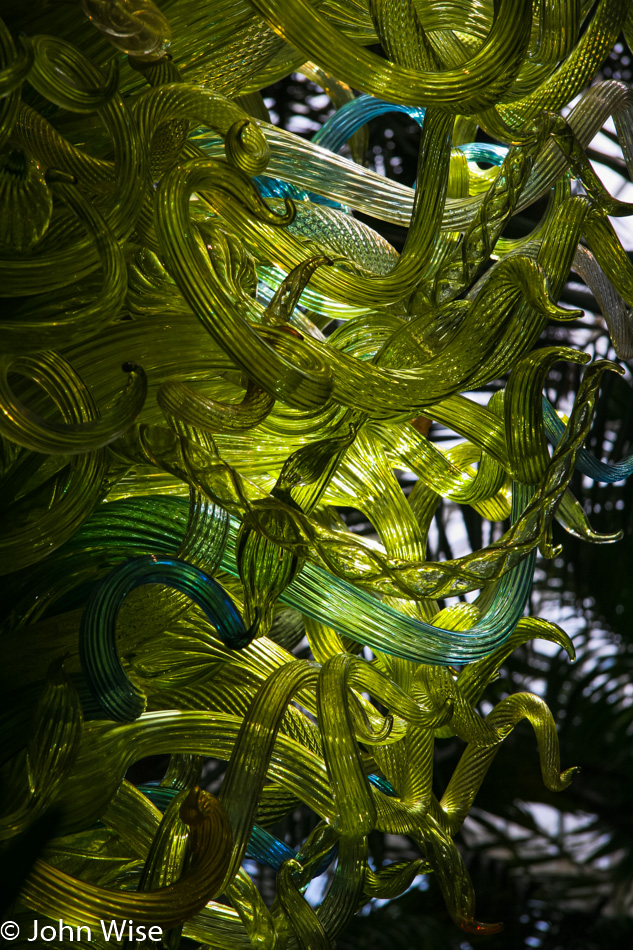
Our flight leaves tonight at 6:00 p.m., so there’s no chance for us to witness this scene with our own eyes in the light of sunset. For the rest of eternity, we’ll be unable to see this sculpture in any other light than what we are capturing right here right now, but at least we own this opportunity.

Perspective changes everything. The image with the butterfly was from this piece that boggles the mind of how it was assembled without breaking a thing.
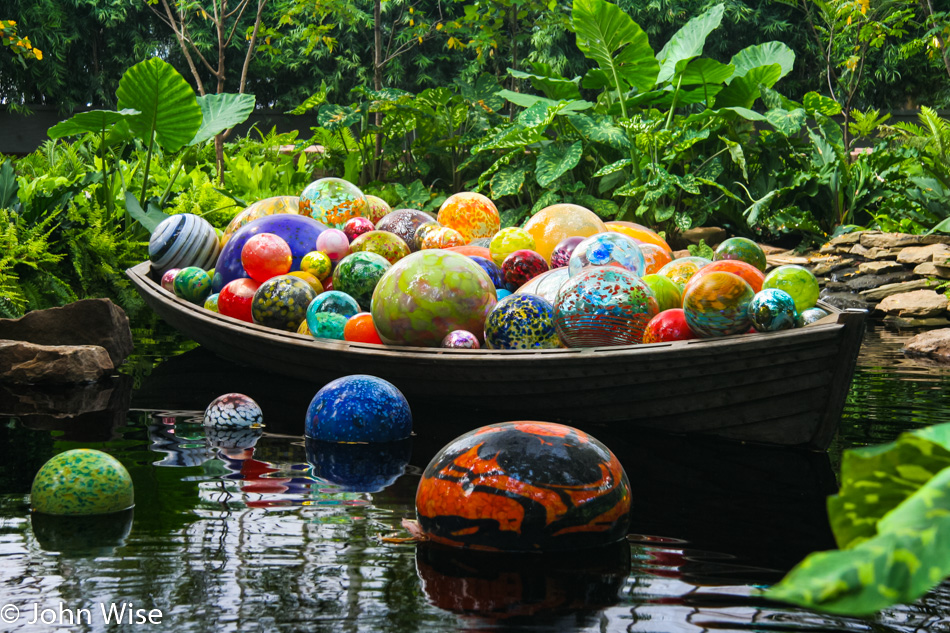
Moments of genius obviously went into how this was going to be set up for the conservatory.
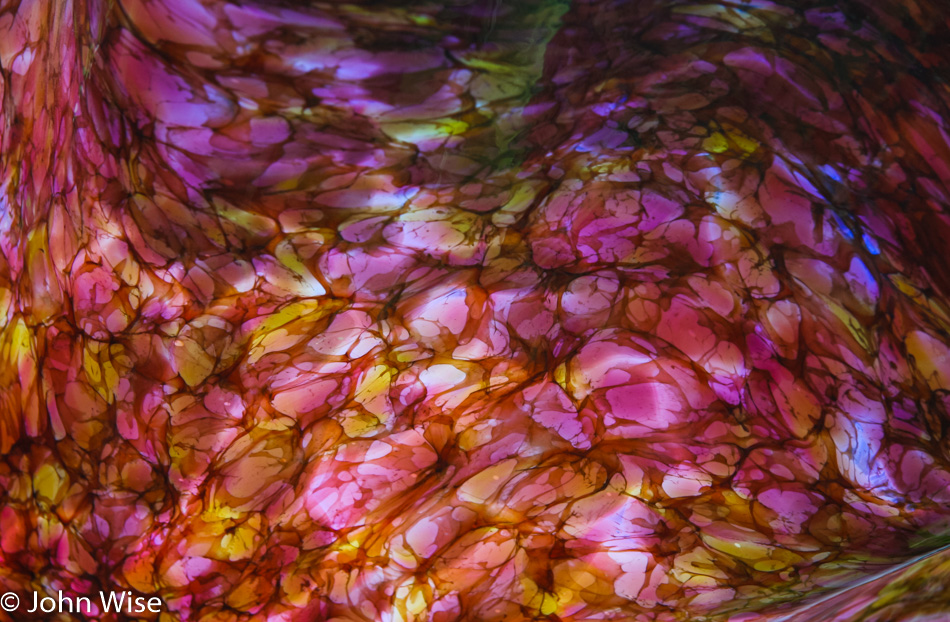
Also, a lifetime of skill from working with glass and how patterns work in the material are on display for our benefit. For the people of Pittsburgh, like the people who live near Longwood Gardens here in Pennsylvania, too, you are the lucky ones who get to return again and again to see what the casual visitor is obviously going to miss.
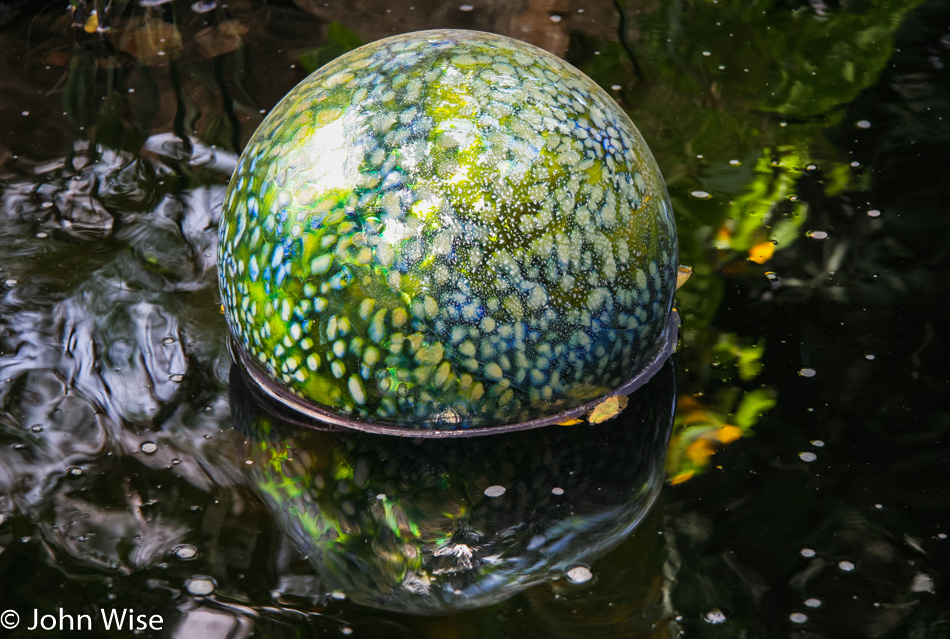
The colors…
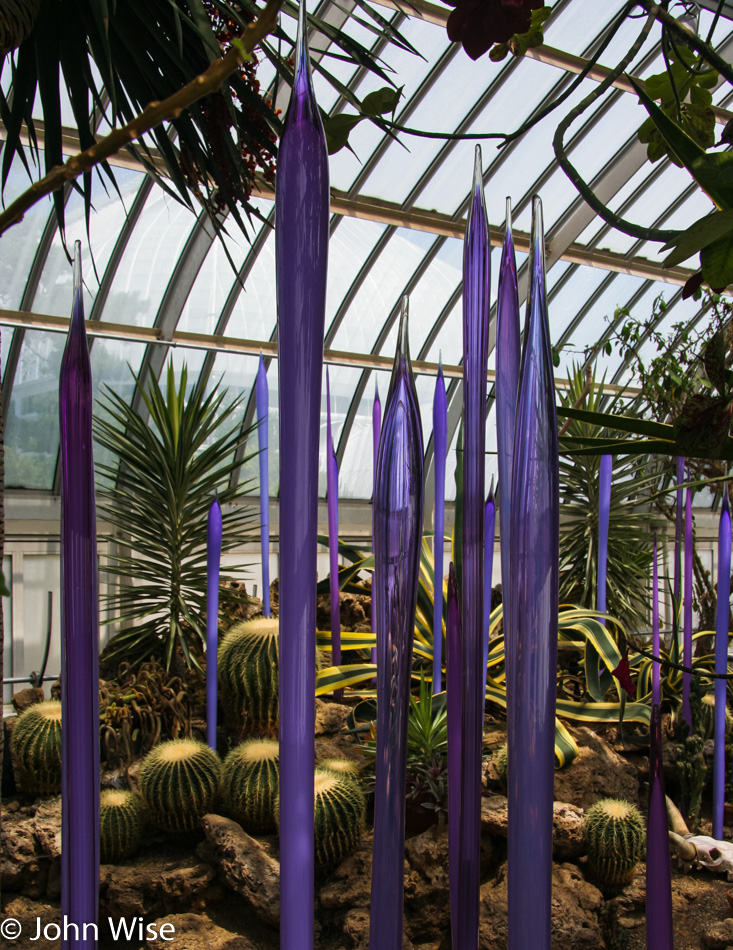
The contrasts…
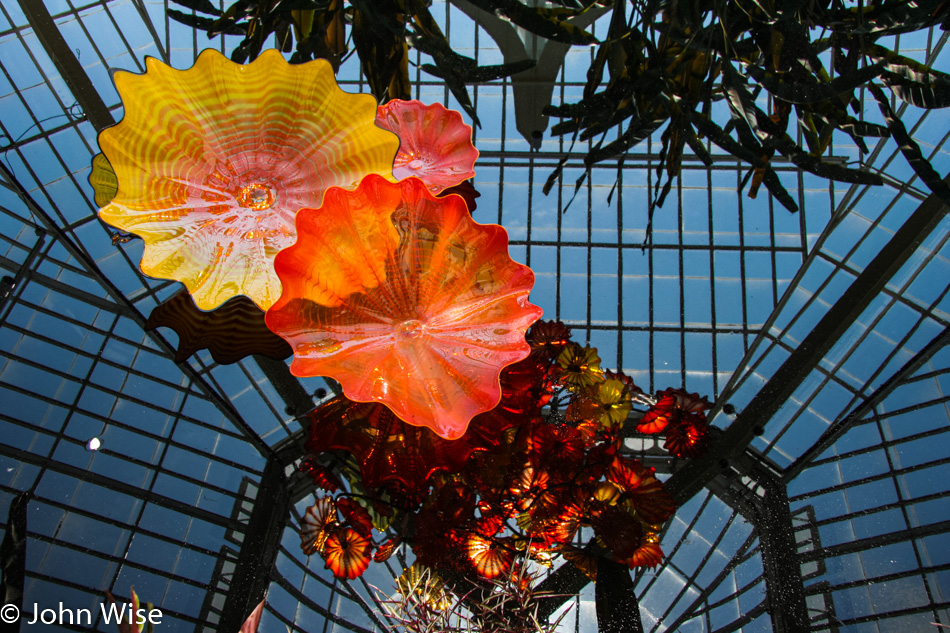
The depth and reflections…
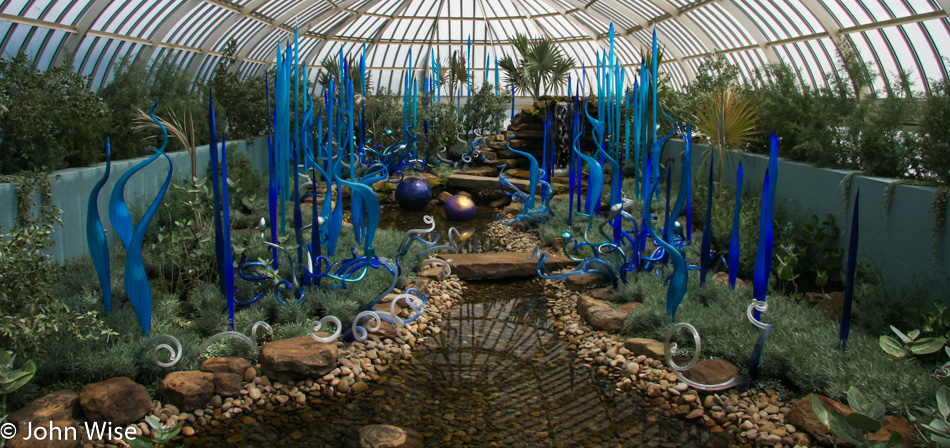
It all comes together to act as the perfect punctuation for the last day of our vacation.
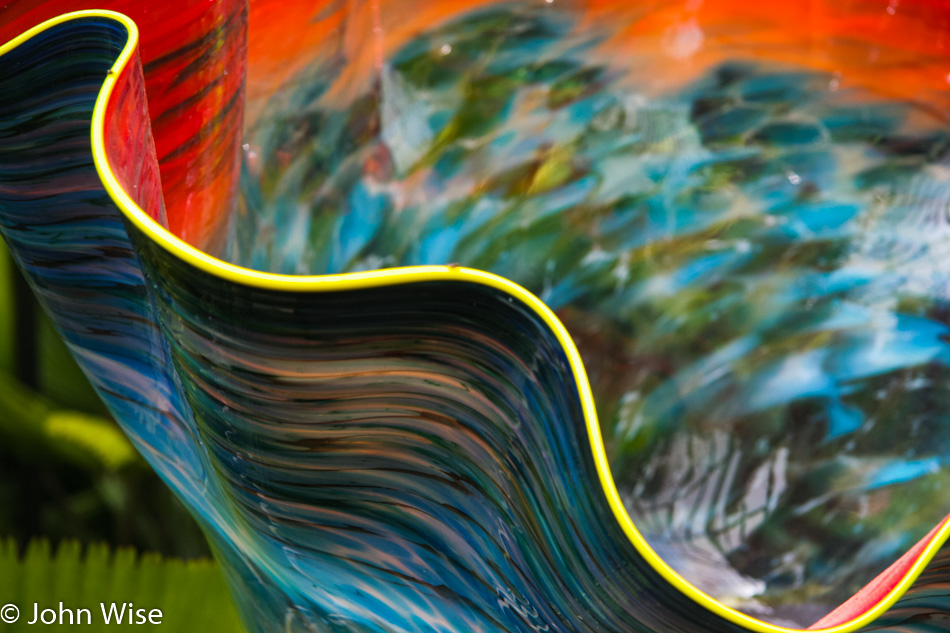
Okay, just one more, and then we’ll go.
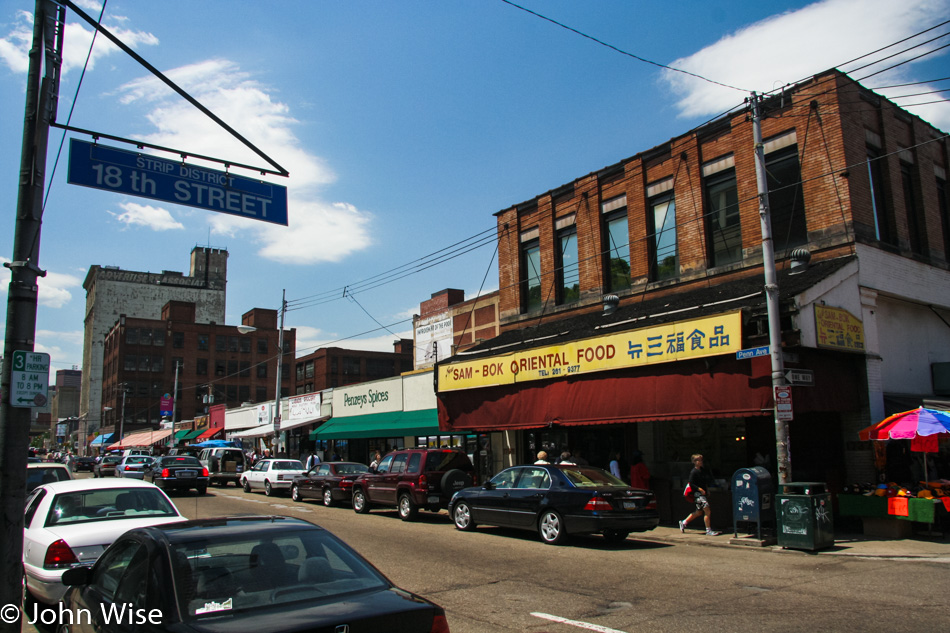
What a nice, funky corner of Pittsburgh we’re in, known as the Strip District. Found some parking, and now it’s time to go fetch lunch.
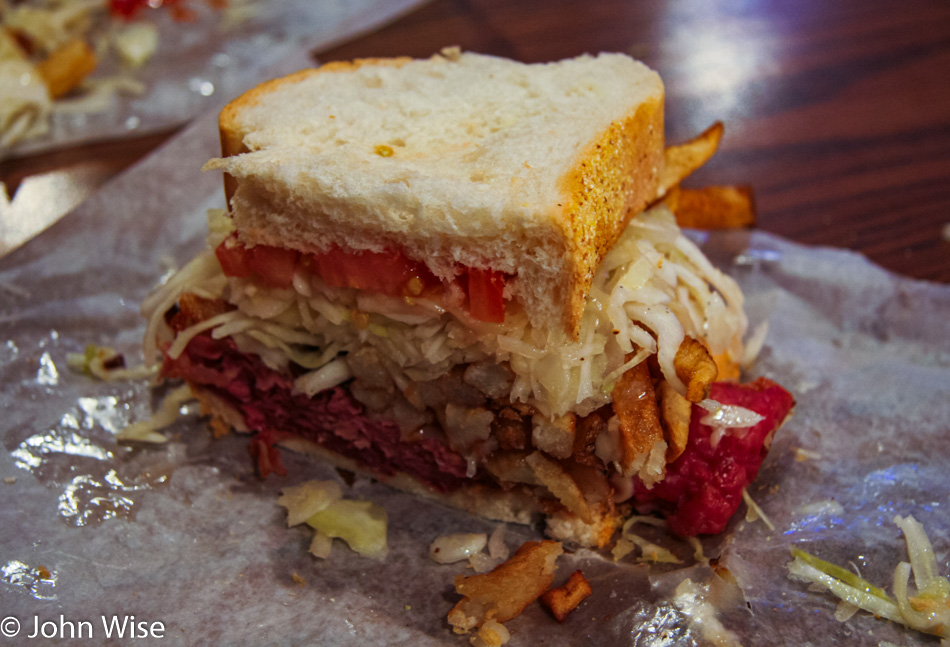
Primanti Bros. is home to a world-famous sandwich found nowhere else besides Pittsburgh, Pennsylvania. Two weeks ago, Caroline and I stopped here prior to our drive to Buffalo, New York, for a sampling of this monster sandwich piled high with coleslaw and fries placed between two thick slices of Italian bread. The sandwich was so good we felt we couldn’t go wrong making a return pilgrimage and sitting down once more for one of these marvelous Primanti Bros.’ unique culinary inventions – yum!

Nobody should ever visit Pittsburgh and fail to visit the Andy Warhol Museum.

Visit the museum and stare into the eyes of Warhol so he can eat your soul. End of transmission.
